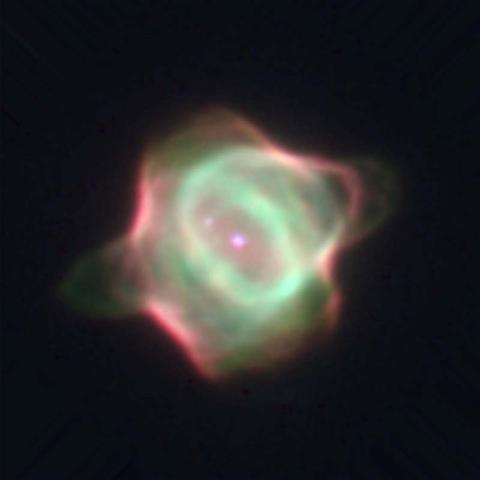|
|
Hst Stingray Nebula
|
Slipher and Edwin Hubble continued to collect the spectra from many diffuse nebulae, finding 29 that showed emission spectra and 33 had the continuous spectra of star light. In 1922, Hubble announced that nearly all nebulae are associated with stars, and their illumination comes from star light. He also discovered that the emission spectrum nebulae are nearly always associated with stars having spectral classifications of B1 or hotter (including all O-type main sequence stars), while nebulae with continuous spectra appear with cooler stars. Both Hubble and Henry Norris Russell concluded that the nebulae surrounding the hotter stars are transformed in some manner.
Formation
Many nebulae or stars form from the gravitational collapse of gas in the interstellar medium or ISM. As the material collapses under its own weight, massive stars may form in the center, and their ultraviolet radiation ionises the surrounding gas, making it visible at optical wavelengths. Examples of these types of nebulae are the Rosette Nebula and the Pelican Nebula. The size of these nebulae, known as HII regions, varies depending on the size of the original cloud of gas. These are sites where star formation occurs. The formed stars are sometimes known as a young, loose cluster.
|
|









